Hakone is famous for viewing Mt. Fuji from Lake Ashinoko or Owakudani, an active steaming volcanic field. So, visitors to Hakone immediately hop on the Hakone Cable Car from Gora station to go straight to the Ropeway station, Sounzan, visit Owakudani, and Lake Ashinoko. However, wait a minute; other splendid sites are still near Gora Station. One is the Hakone Art Museum, which has a beautiful garden.
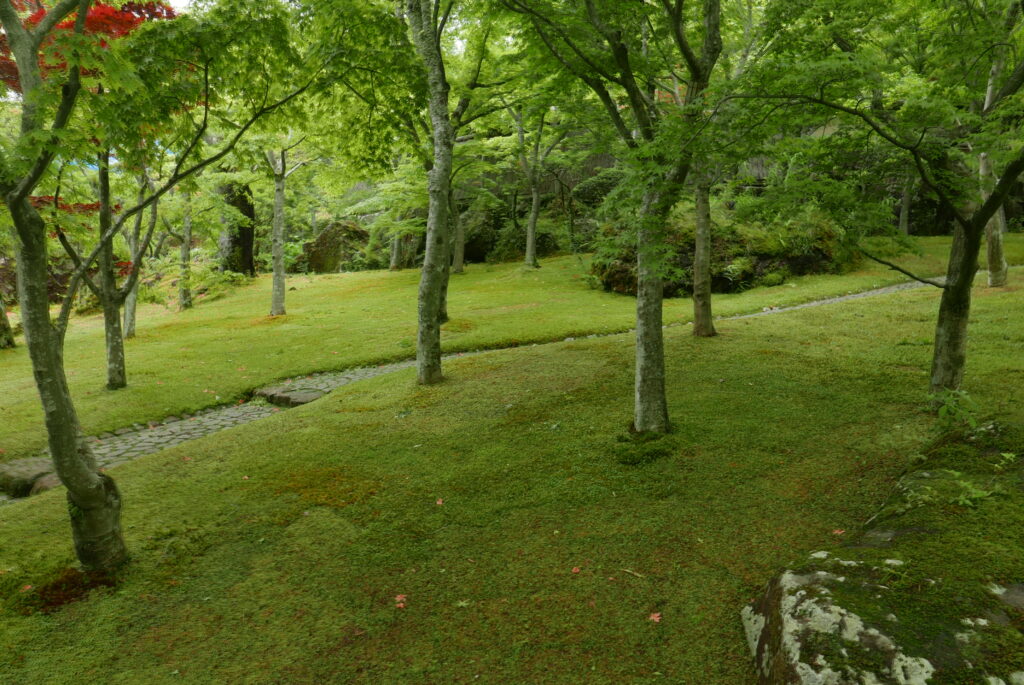
Upon entering the museum, you are welcomed by the moss garden known as Shinsenkyo, which literally translates to the village of deities and mountain hermits. The founder of the museum and garden, Mokichi Okada, was a remarkable individual. He was a successful businessman, artist, and spiritual guru who envisioned Shinsenkyo as “Heaven on Earth.” He expertly designed the garden, integrating the landscape, slopes, and trees in the Gora area to create a harmonious blend of nature and the garden’s unique characteristics. I can sense a feeling of calmness and sincere vibes emanating from the moss carpet and its surroundings, including a creek flowing through the rock valley and Japanese maples that are currently a vibrant light green but will transform into beautiful reds in autumn.
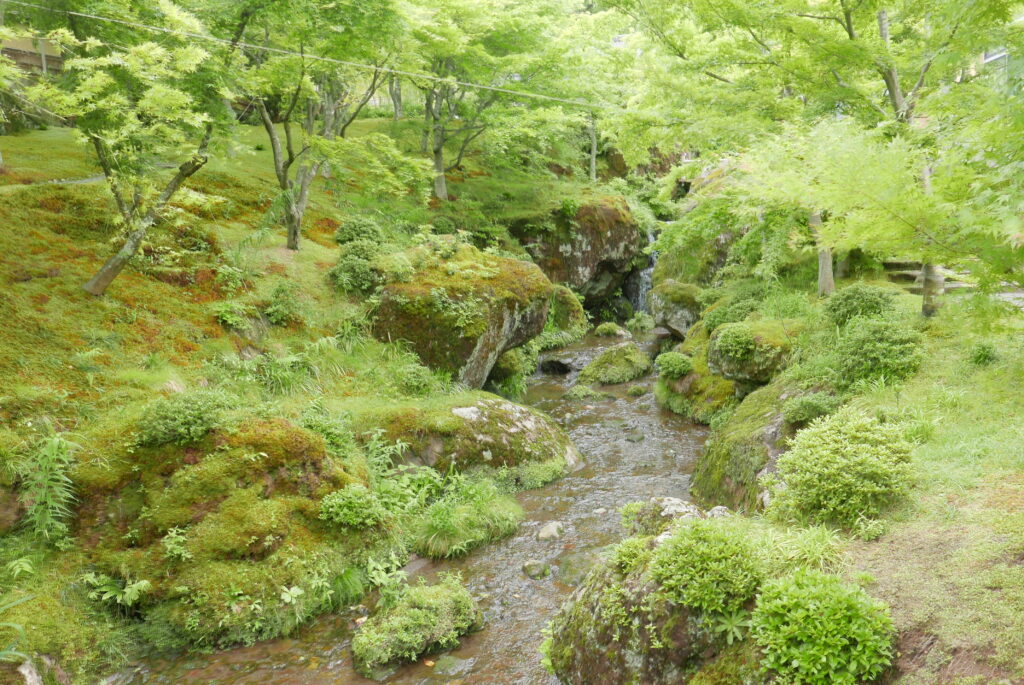
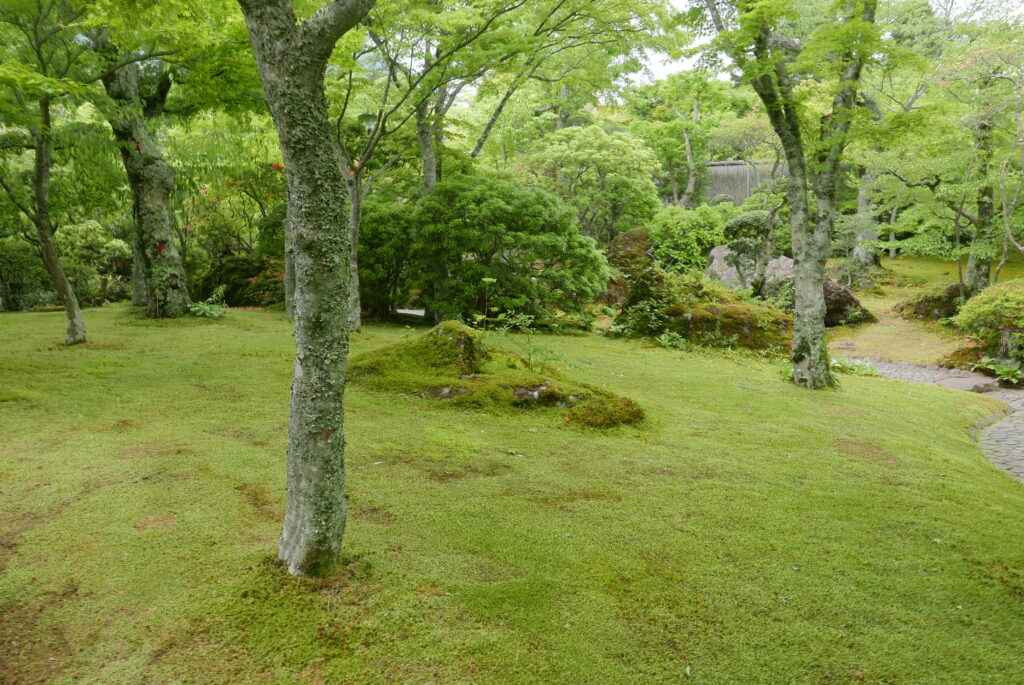
At the end of the moss garden, you are greeted by a tea house where you can watch the Japanese maple forest and the moss hill with a bowl of matcha tea and a piece of wagashi, traditional seasonal Japanese sweets. It was a great morning tea break for me after walking up steep slopes in Gora town.

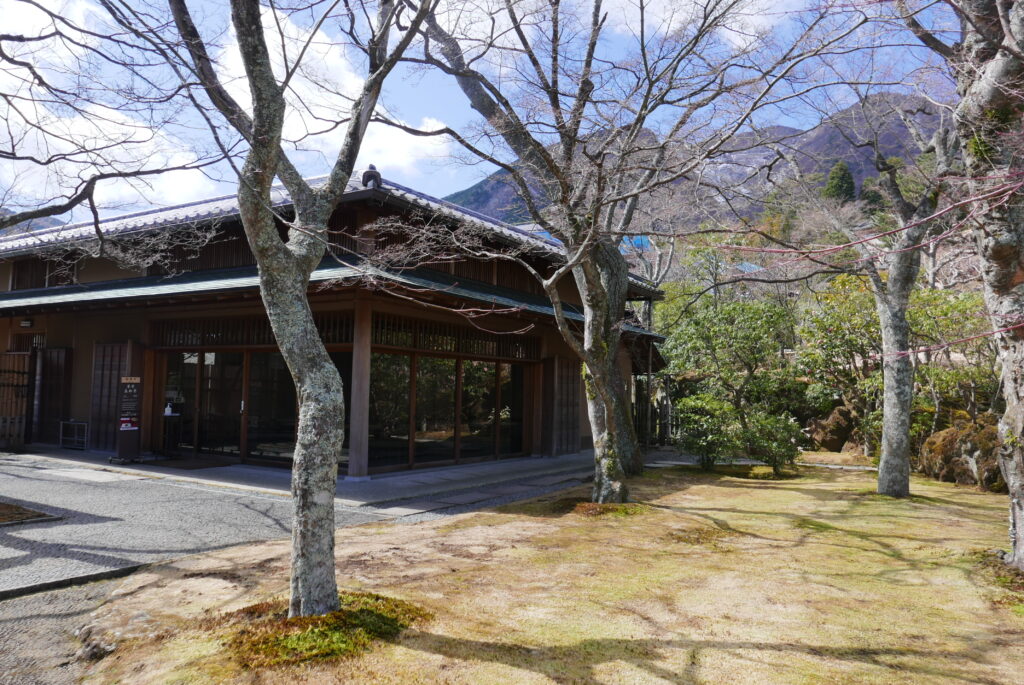
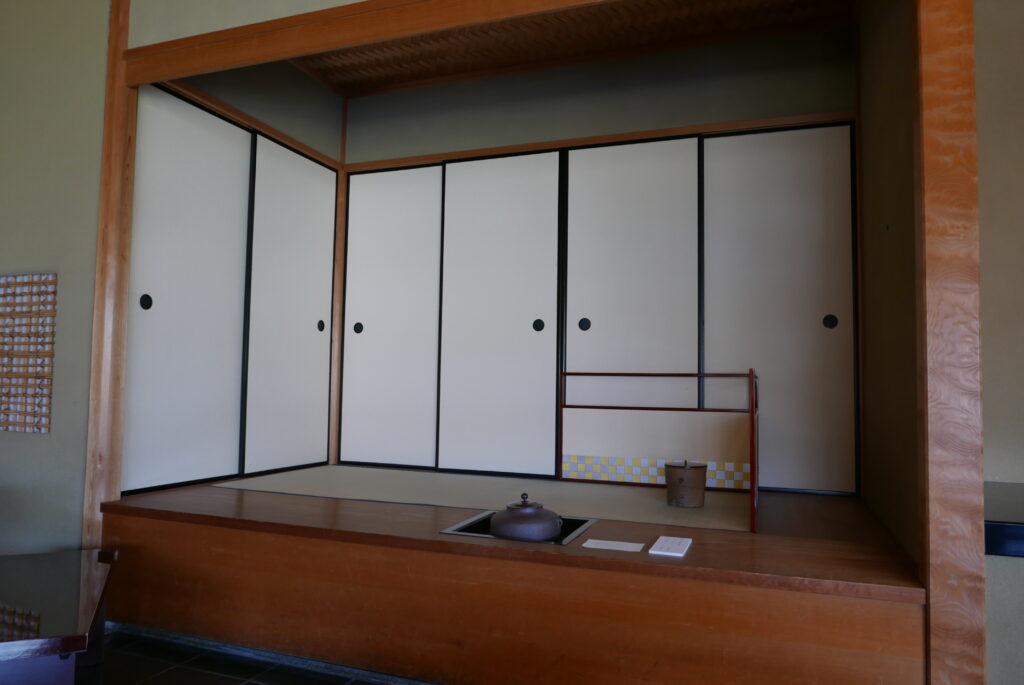
There is another tea house, but it’s not open to visitors. It’s for authentic tea ceremonies by tea instructors, where the owner, Okada, held the tea event for his guests.
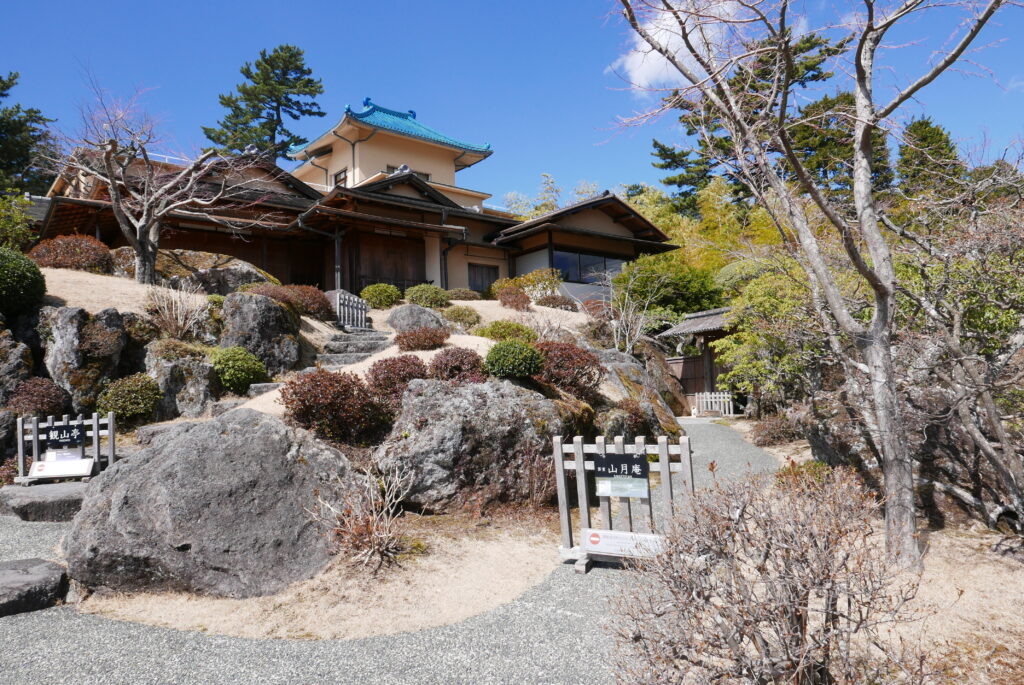
Behind the bamboo forest, a two-story building awaits your entry. It is an art museum that collects traditional Japanese ceramics crafted from 500 B.C. to the 19th century.
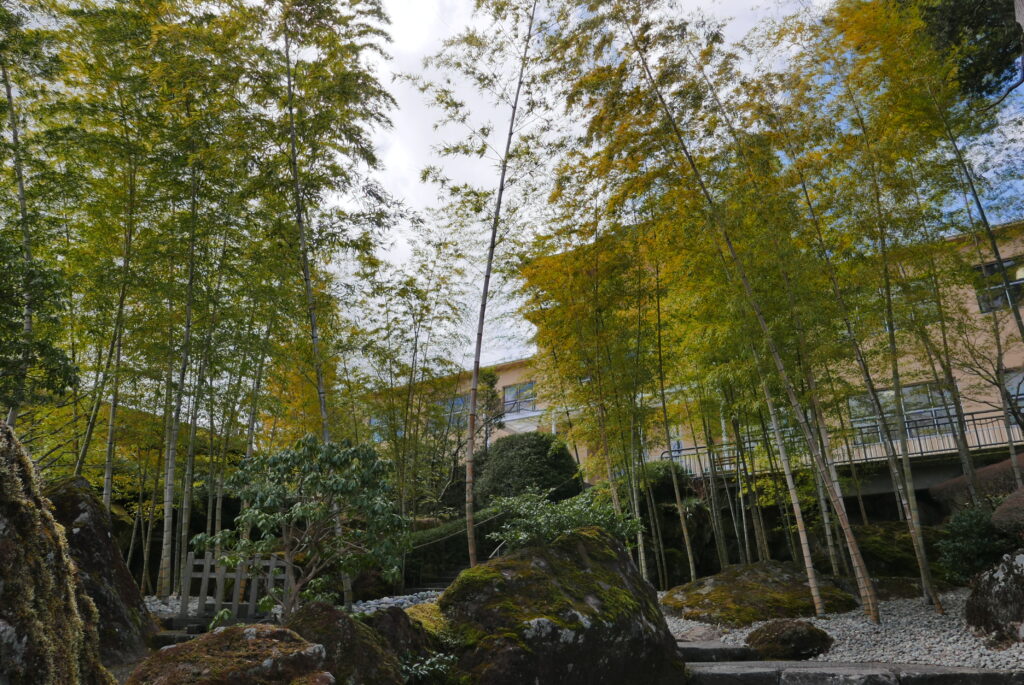
The most impressive one to me is Jomon-doki, a cooking ceramic created in 500 B.C. It was the first ceramic produced by ancient Japanese people. This type of ceramic is well-known among Japanese people because it is consistently featured on the first page of school history books. A visitor asked the curator on the floor whether it was real or a replica. The answer “the real one” surprised the questioner, who said, “I’ve never seen the real one, although I have been familiar with it. It’s only from a school textbook.” So, it’s quite a rare opportunity, even for the Japanese. It’s worth seeing.
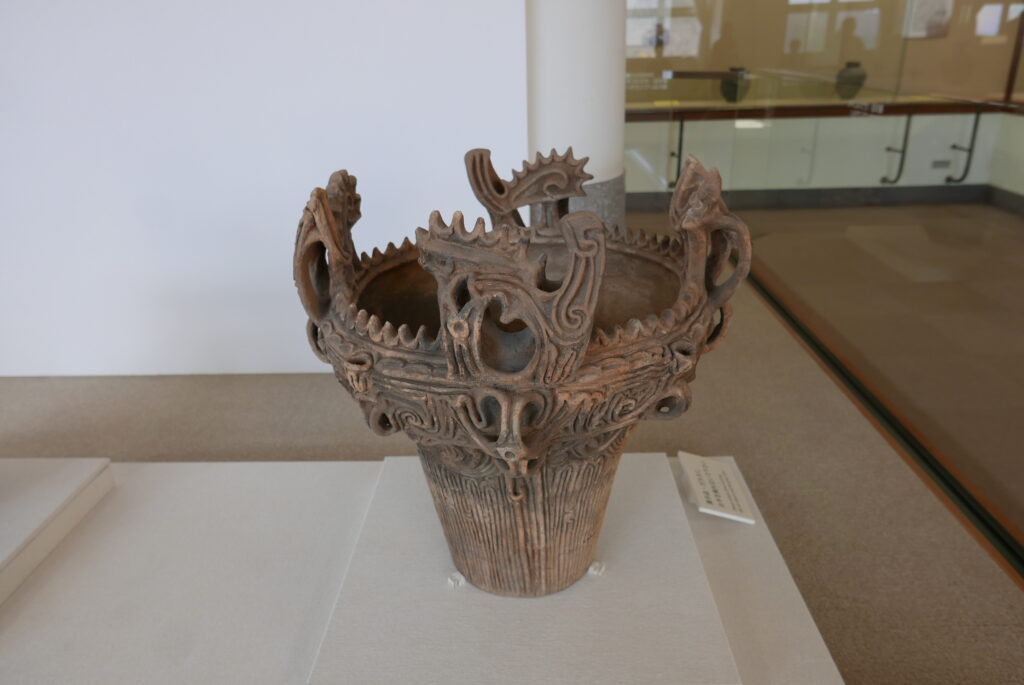
An array of Haniwa, pottery dolls, serves as an informative display that helps us understand the lives of our ancestors around the 6th to 7th centuries. On the left is a soldier with a sword at his belt, and on the right is a woman holding a cylinder for the funeral ceremony. Haniwa are not only imitations of humans; many types of Haniwa have been excavated throughout Japan, including representations of pigs, cows, chickens, houses, boats, ships, and more. Haniwa aid us in studying how people lived during the 6th and 7th centuries in Japan.
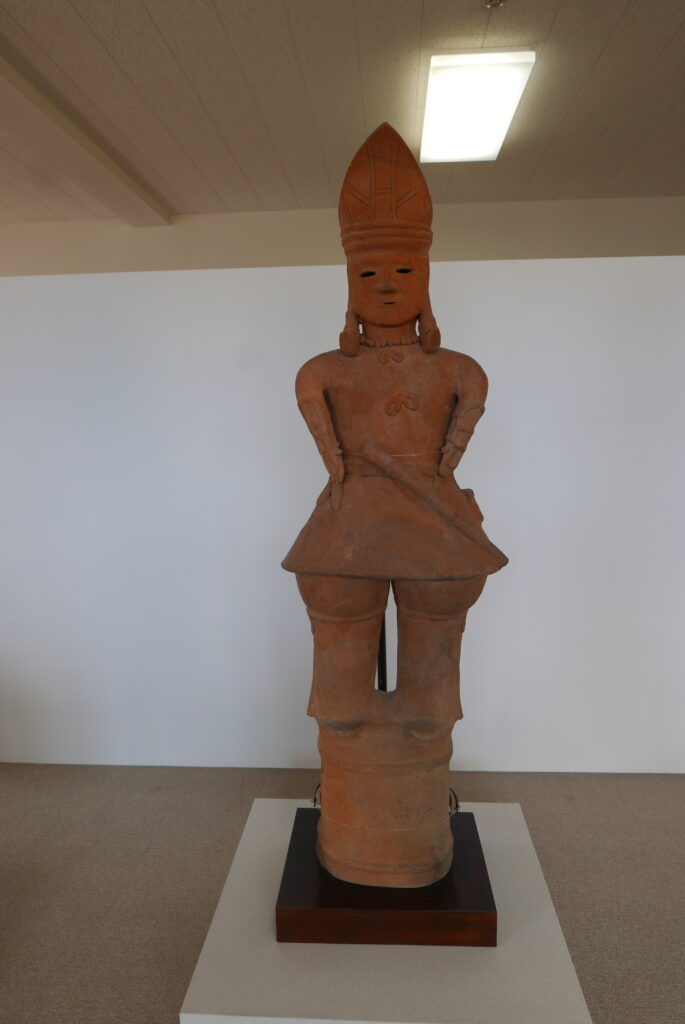

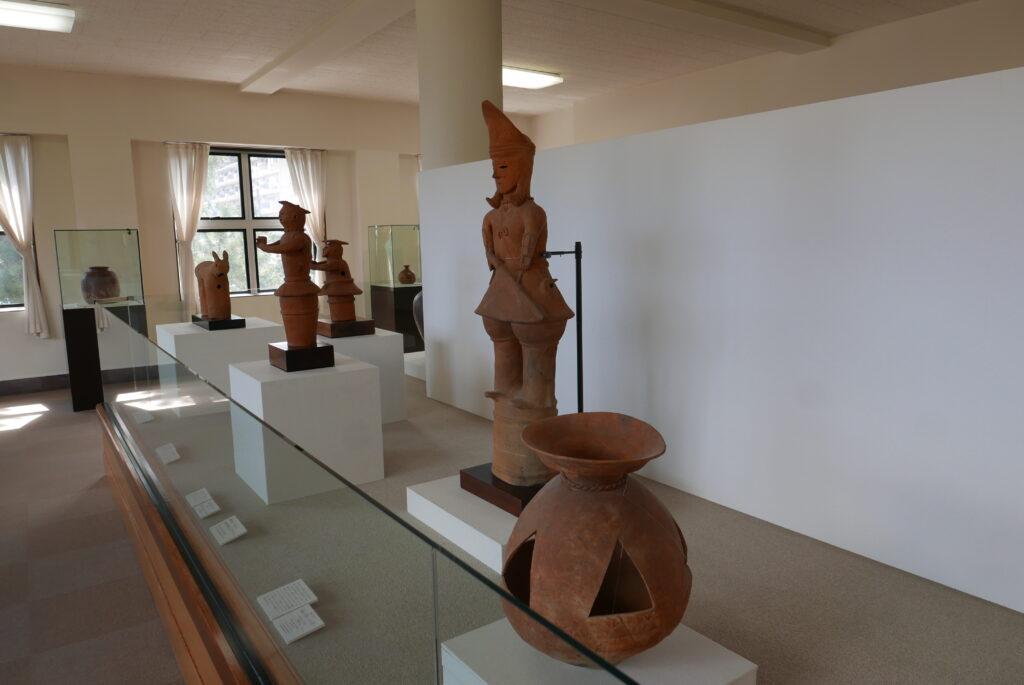
There are many beautiful and colorful ceramic plates and cups on display. However, the most impressive ones are the giant water pots. I was a ceramics materials scientist when I was younger, and I know that it is quite challenging to sinter ceramics of this size, where a five-year-old child can hide inside, without any cracks. I am so surprised that the artisans of the 16th century possessed excellent skills and expertise in ceramic sintering technology.
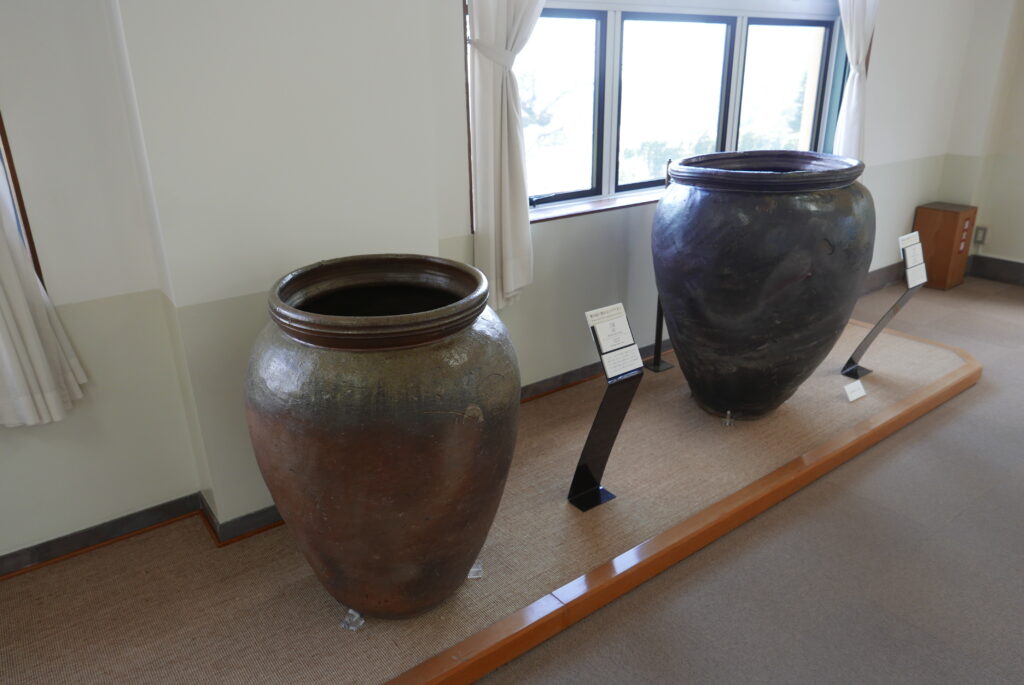
The first floor features a special ceramics event showcasing colorful painted pieces, including traditional plates, vases, and cups from Imari and Kutani. However, I was so captivated by the giant pots that I forgot to take photos of the colorful ceramic tableware. I posted pictures from the museum’s website for you to check out. But be sure to visit the museum and enjoy them for yourselves. The museum is generous and allows you to take photos of the displays.

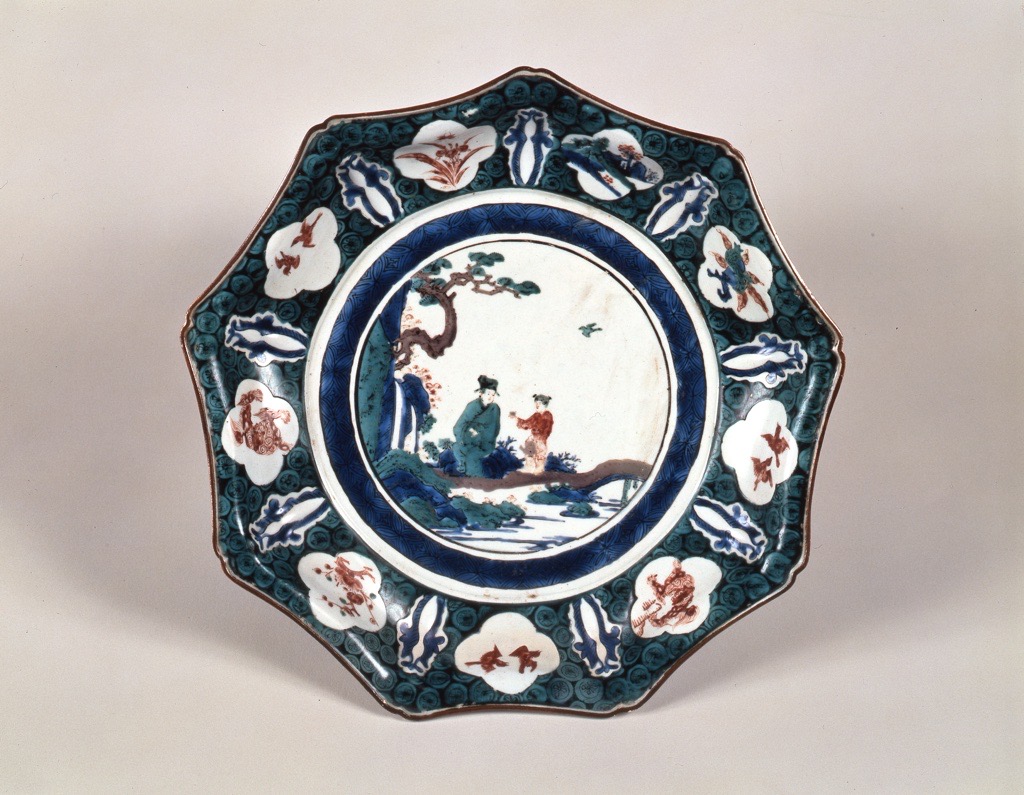
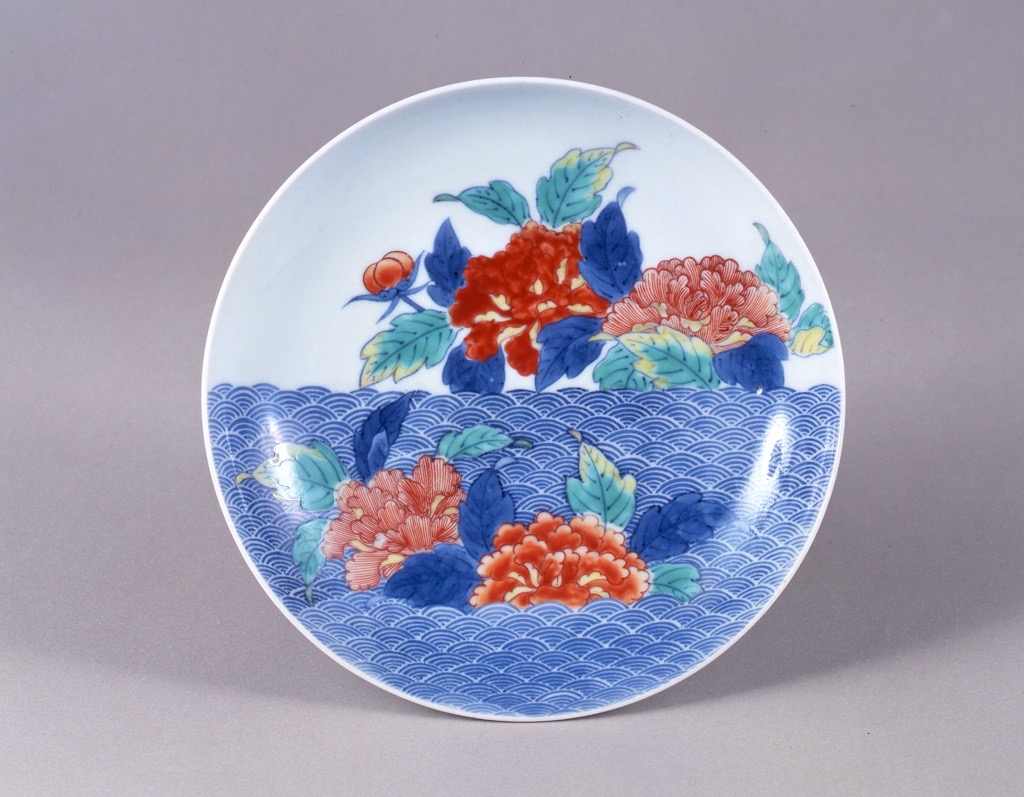
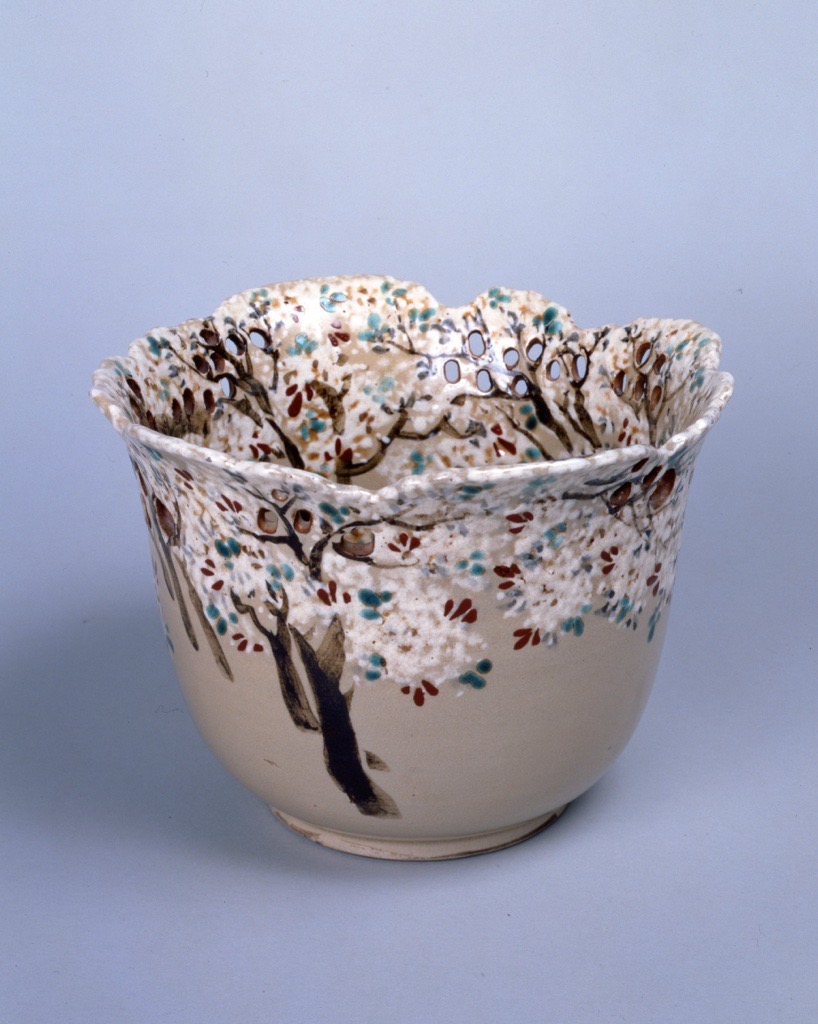
The Hakone Art Museum is just opposite the Koen-ue station on the Hakone Cable Car Line. I recommend dropping off the cable car at the station on your way to Owakudai and Lake Ashinoko, and visiting the museum.
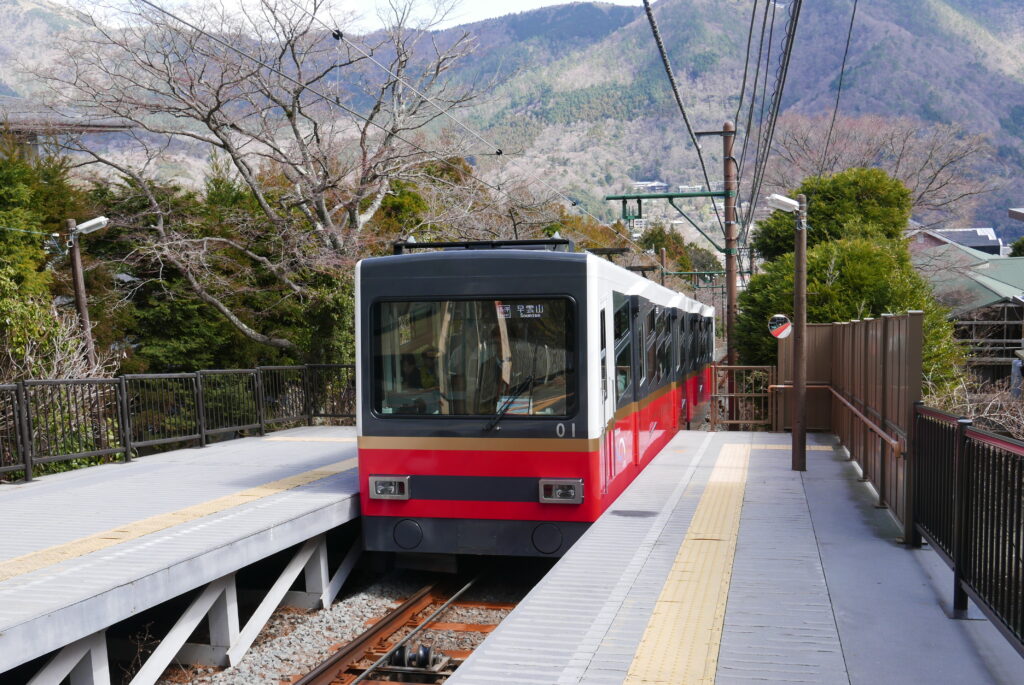
Thank you for reading my blog post. If you need an English-speaking guide to explore some hidden gems in Hakone, please message me via the “Contact me!” box below. I will do my best to make your stay in Hakone memorable!
Please click the links to get updated via my X (former Twitter) and Instagram.
X (former Twitter): https://x.com/ToruGuide
Instagram: https://www.instagram.com/toruhigaki/
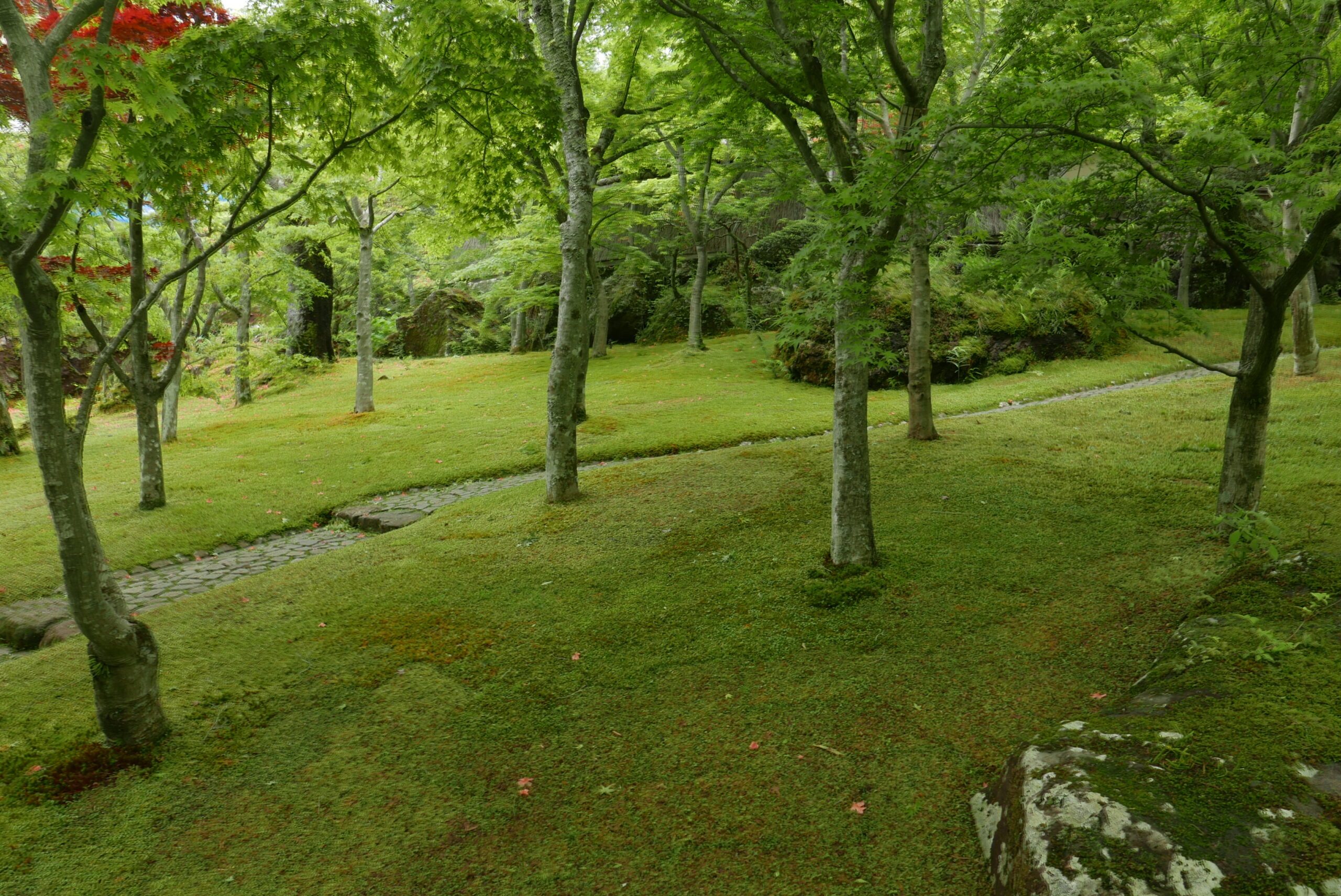


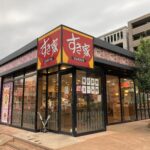
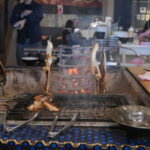
Comment